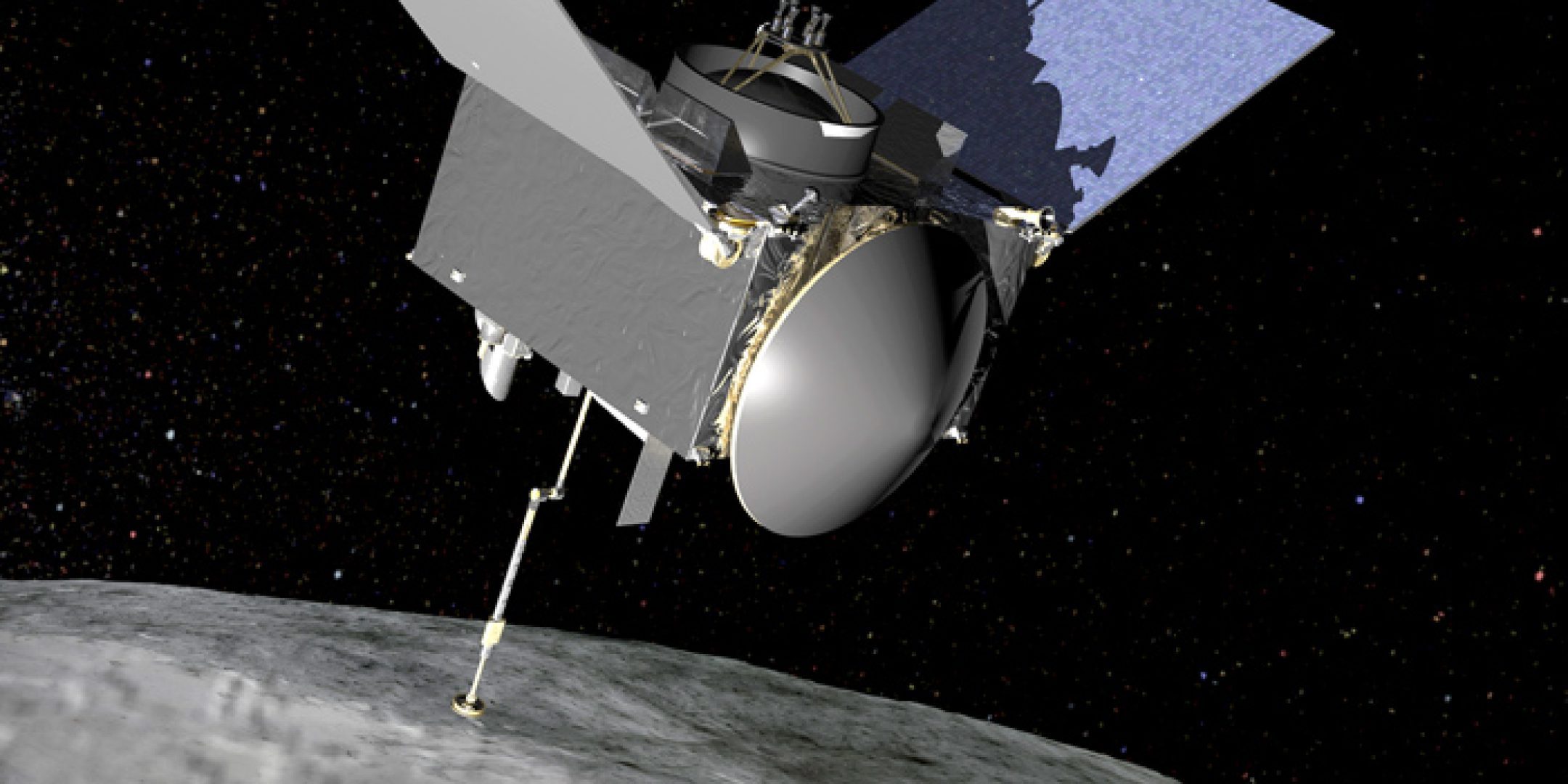The OSIRIS-REx mission was launched Friday 9 September at 01:05 from the Cape Canaveral base in Florida, on board an Atlas V launcher. In an absolute first, the mission probe will rendezvous with asteroid Bennu in August 2018 to conduct a detailed study of this small near-Earth object, map its surface and then perform a rapid “Touch-and-Go” in order to take samples such as regolith and return them to Earth in 2023.
OSIRIS-REx (Origins-Spectral Interpretation-Resource Identification-Security-Regolith Explorer) is the third mission in NASA’s New Frontiers programme and the subject of a cooperation agreement signed in 2013 between https://fscience-old.originis.fr/wp-content/uploads/2023/06/GLOC_Oslo_Norway_S2_27juillet2022_web-2-1.jpg President Jean-Yves Le Gall and NASA Administrator Charles Bolden.
OSIRIS-REx has a dual objective but its principle aim is to take between 60g and two kilos of samples from the surface of Bennu using a robotic arm and to return them to Earth in 2023. Prior to this, it will take almost two years for the probe to get close to the 500m-diameter asteroid. Its arrival will trigger a year-long study phase in order to produce a detailed map of the surface, note any gas emissions or possible natural satellites, and above all take precise measurements of the Yarkovsky effect, which alters the trajectory of asteroids less than 20 km in diameter. This is because an asteroid’s rotation on itself converts solar energy into infrared radiation that travels in the opposite direction to the incoming radiation, causing a slight change in trajectory. This explains the uncertainty surrounding the predicted trajectories of near-Earth objects and their probability of impacting Earth. Measuring the Yarkovsky effect on Bennu will allow a more precise calculation of its orbit.
This study phase will also enable the probe to take images and to map the surface of Bennu, with a view to selecting potential sampling sites. In Autumn 2020, the probe will perform a “Touch-and-Go” lasting a few seconds, with the samples being collected by a robotic arm and stored in a capsule. OSIRIS-REx will then remain in orbit around the asteroid for a further two years, in preparation for its return to Earth. This will begin in March 2021 and end in the Utah desert in September 2023, when the precious samples will be sent to various laboratories for analysis.
https://fscience-old.originis.fr/wp-content/uploads/2023/06/GLOC_Oslo_Norway_S2_27juillet2022_web-2-1.jpg is supporting this mission via the work of four co-investigators from the laboratories of CNRS, the French national scientific research centre. The four, who are particularly involved in the mission’s in-situ science, the identification of eligible sampling sites and the return of samples, are :
- Patrick Michel for the study of regolith and its link with carbonaceous meteorites and Marco Delbo for the thermal analyses needed to evaluate the Yarkovsky effect, both based at the Lagrange Laboratory (OCA/UNS/CNRS) ;
- Antonella Barucci at the LESIA space and astrophysics instrumentation research laboratory (Observatoire de Paris, CNRS, UPMC, Université Paris Diderot), for the study of the mineralogy, its physical characteristics and the link with carbonaceous meteorites ;
- Guy Libourel from the GeoAzur laboratory (UNS-CNRS-IRD-OCA), also for the study of regolith and its link with carbonaceous meteorites, who will analyse Bennu’s temperature variations in order to assess their impact on the size of regolith grains and thereby identify the most promising sampling site.








